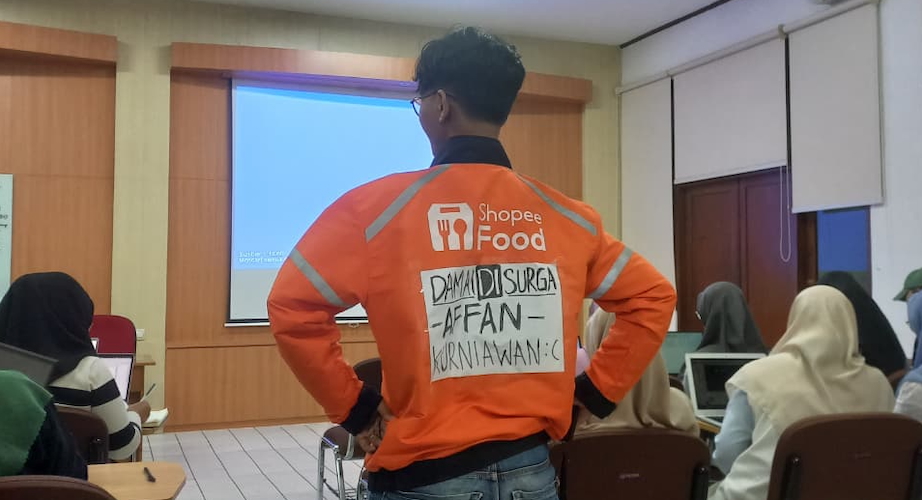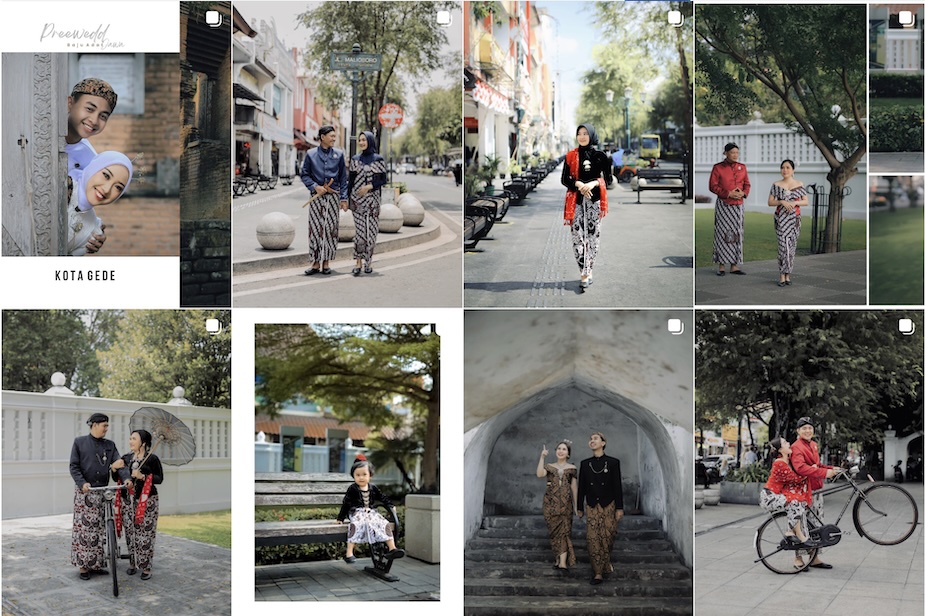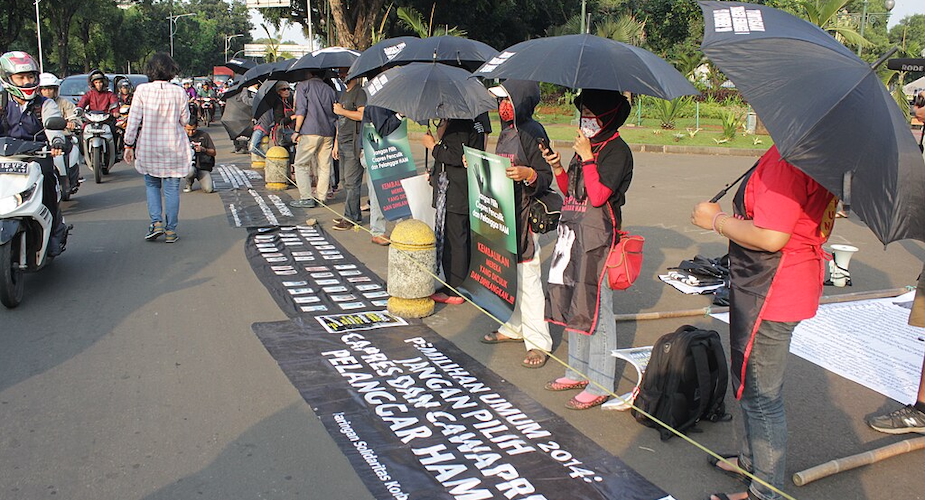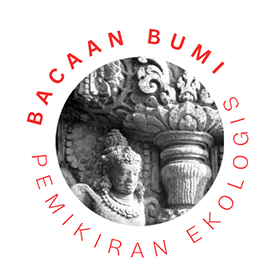The state should facilitate the reconciliation process, but it should not substitute for the victims and perpetrators
On 7 August 2019, I chaired a community-based reconciliation meeting in Maulau village, Maubisse, Ainaro municipality, organised jointly by the organisation I lead, the Centro Nacional Chega! I.P. (Centro Chega!), and the Association of Victims of Political Conflict (Asosiasaun Vitima Konflitu Politiku, AVKP) 1974-1999, dealing with the killing of 25 people in the village by militants from the pro-independence party, Fretilin. The Centro Chega! was formed in 2017 and tasked with implementing the recommendations of both the East Timor Reception, Truth and Reconciliation Commission (CAVR) and the Commission of Truth and Friendship (CTF).
The CAVR documented the Maulau killings in its 2005 Chega! Report, reporting these killings as the beginning of the internal conflict in Timor-Leste, just four days before the Timorese Democratic Union (UDT) launched what was known as an armed movement, Movimento Armada, on 11 August 1975. It took 44 years for the perpetrators and victims to sit together and publicly share horrific memories about the killings. After 44 years, the community finally reconciled, which means that they can normalise relations between them, including holding traditional ceremonies together. This case shows that reconciliation is a process rather than an objective.
In August 1975, an internal political conflict divided East Timorese society, stemming from differing visions for the future of Timor-Leste. The Chega! Report outlined that from August to September 1975, at least 3000 East Timorese from UDT, and other political parties, namely Apodeti and Fretilin, were killed, detained, tortured and disappeared. After the internal political conflict, Indonesia invaded Timor-Leste on 7 December 1975 and occupied it for 24 years, during which East Timorese suffered gross human rights violations, including crimes against humanity and war crimes, up to 1999.
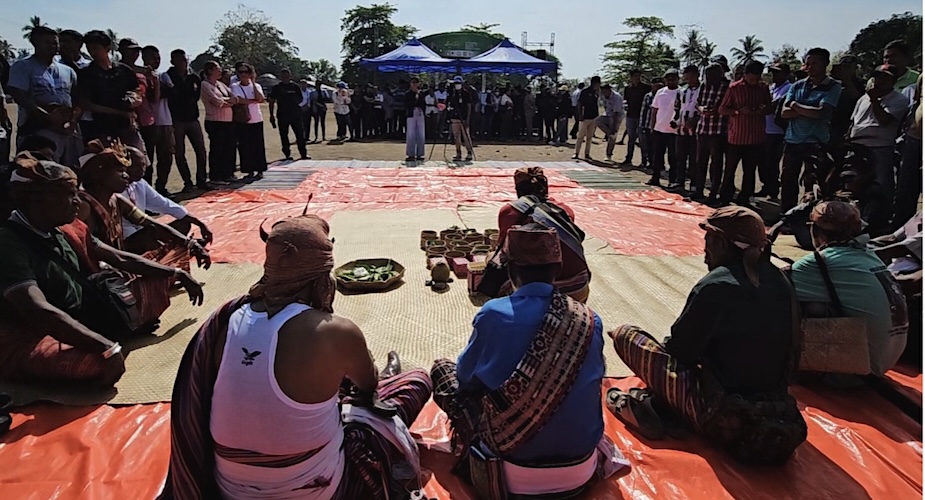
In December 2003, the CAVR organised a public hearing on this internal conflict, incorporating the years 1974-1976. Most of the leaders of political parties from 1975 testified, and most of them acknowledged that human rights violations had been committed by all parties, apologising publicly in a live, televised event. This public hearing was a landmark in the history of East Timorese political life. It was a significant moment for all East Timorese people to gain a deeper understanding of these tragic events and hear leaders take responsibility. Unfortunately, for the lia nain of Maulau, the leaders’ actions did not provide them with the answer as to why the people killed each other in the village, as these national leaders never explained to the communities why these acts happened, which they now recognised as human rights violations. More needed to be done to heal the deep hurt from this period and to consolidate the development of a pluralistic and peaceful political life in Timor-Leste.
Reconciling communities
Since 2019, Centro Chega! has organised reconciliation activities as part of Community Reconciliation Processes (CRP) between East Timorese in Timor-Leste, primarily focusing on the 1975 internal political conflict. Various adjustments have been made to enable these activities to proceed in accordance with the applicable regulations on CRP and Timor-Leste’s penal code. The penal code allows cases involving grave human rights violations that occurred more than 20 years earlier and which have not been referred for prosecution to be dealt with under CRP. Many perpetrators have passed away in the case of the internal political conflict. So far, communities in Maulau (Ainaro), Saboria and Fatisi (Aileu), and Catrai Craik and Aifu (Ermera) have engaged in reconciliation activities with one another after almost 50 years.
The CAVR reconciliation principles are based on a statement in 2001 by the pro-independence umbrella grouping, the National Council for Timorese Resistance (CNRT), which defined reconciliation as a ‘process, which acknowledges past mistakes, including regret and forgiveness… a process which must involve the people of Timor-Leste so that the cycle of accusation, denial and counter-accusation can be broken.’ Furthermore, the CNRT statement emphasised that the reconciliation process 'must not be seen only as conflict resolution or a mere political tool’, but, above all, ‘as a process where truth must be the outcome’, as quoted in the 2005 Chega! Report.
In the case of Indonesia, the CAVR recommended that the Indonesian government officially acknowledge receipt of the Chega! Report, to foster a spirit of reconciliation. It also recommends that the Government of Indonesia send a senior delegation to Timor-Leste to acknowledge the violations committed by its representatives during the occupation and to apologise to the victims and families of victims, and that Indonesia and Timor-Leste continue to develop ways of deepening people-to-people relations and cooperation in social, cultural, economic and political life. The call for justice has rarely been made in a vengeful or hateful way, nor generalised against Indonesia or the Indonesian people. Accountability on the part of those responsible and the competent authorities will open the way for a deeper, new relationship based on genuine reconciliation.

In 2022, Centro Chega! developed concept notes on the ‘Timorese Reconciliation Processes’ as the basis of what it refers to as ‘solutions at home, based on a cultural approach’. The concept considers all East Timorese, including those living in Indonesia, Australia, and Portugal, as equals who have the same opportunity to participate in the reconciliation process if they wish to do so.
Building bridges to healing
From 2023, Centro Chega! also initiated the Border Festival for Cultural Exchange and Strengthening Reconciliation (Festival Fronteira: Interkambiu Kultura ba Hametin Rekonsiliasaun). The aim of interkambiu kultural (cultural exchange) is to bring together people of Timor who were culturally linked to each other before colonialism. One aim of the festival, hametin rekonsiliasaun, is to strengthen reconciliation between East Timorese living in Timor-Leste and in Indonesia. The festival brings together 300 Timorese to a site where they can discuss and engage in dialogue on how to embark on long-lasting reconciliation and break the cycle of hatred, vengeance, accusation, and counter-accusation. This focus on breaking the cycle returns us to the 2001 CNRT statement on reconciliation, referred to earlier.
Two significant results of the 2024 Festival Fronteira were the Ambeno Peace Declaration, jointly declared by Timorese from Indonesia and Timor-Leste, and the establishment of the Timorese Reconciliation Working Group, which comprised 20 East Timorese pro-independence youth resistance organisations and representatives from the pro-autonomy side, Forum Komunikasi Pejuang Timor Timur (FKPTT). Centro Chega! chaired the working group, with Joaquim Fonseca, Secretary General of the East Timorese youth resistance organisation, Renetil, elected as the working group spokesperson.
On 8 April 2025, East Timorese Prime Minister Xanana Gusmão expressed his support for the Timorese Reconciliation Processes and recommended that the working group focus on breaking the cycle of hatred among East Timorese and promoting reconciliation among East Timorese living in Timor-Leste, particularly in cases related to internal conflict from 1976 to 1978.
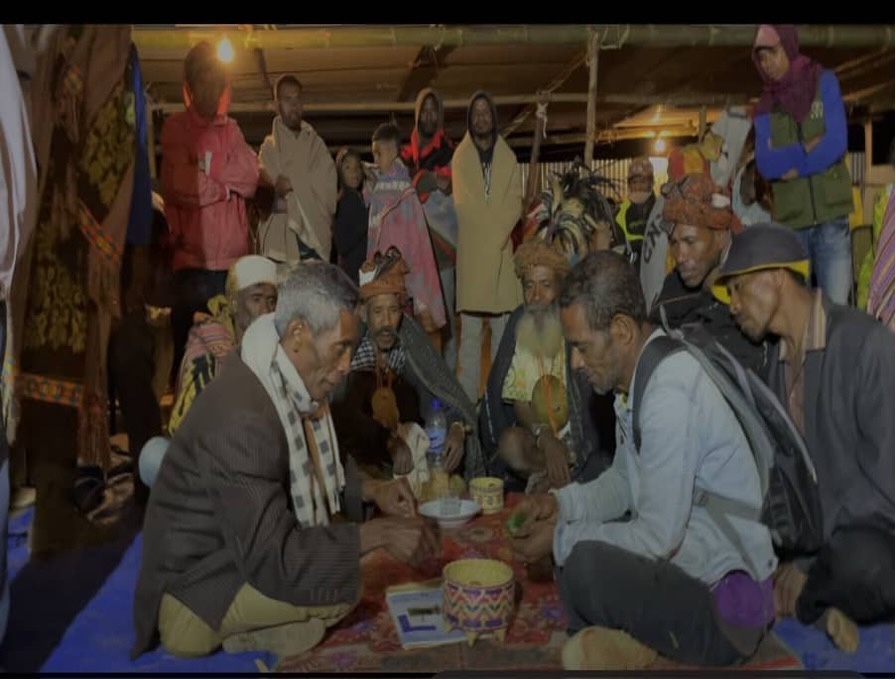
Several books have been published as a result of Festival Fronteira and other collaborations with Indonesian organisations. These include an edited volume by Dr Gregorius Neonbasu, Penguatan Budaya dan Rekonsiliasi: Strategi Membangun Persatuan dalam Perspektif Budaya Wehali, consisting of papers by East Timorese and Indonesian anthropologists, historians, human rights practitioners, activists, writers, and filmmakers presented at the 2023 festival. Joint research by Centro Chega! and Universitas Sanata Dharma, Yogyakarta, on Indonesian and East Timorese collective memory resulted in two books in Indonesian, titled Jejak–Jejak Ingatan and Meraih Cahaya, which were launched in Dili, Yogyakarta, Jakarta, and Kupang.
Breaking the cycle
Different narratives on reconciliation from various perspectives continue to be expressed today, a journey that truly needs to hear from all strata of society. Even during the Indonesian occupation, there were various efforts to bring together East Timorese to talk about the future of Timor-Leste and to reconcile diverse political views and to build peace collectively. These included the Nationalist Convergence, a coalition of national unity established by Fretilin and UDT in 1986, the All Inclusive East Timorese Dialogue (AIETD) involving East Timorese from 1995 to 1997, the Dare Dialogues in 1999, and the Peniche convention in 1998 which established the National Council for Timorese Resistance (CNRT). In 2001, the CNRT established a Commission of Reconciliation during the transition to independence and while East Timor was under UN transitional administration, to develop a unified perspective on the past and facilitate nation-building.
The state should facilitate reconciliation rather than substitute for the victims and perpetrators. Reconciliation should be a process that allows victims and perpetrators to reveal the truth, for perpetrators to express their regret, and victims to offer forgiveness. In this regard, perhaps reconciliation can break the cycle of accusation, denial and counteraccusation. The reconciliation process is continuing.
Hugo M. Fernandes is the executive director of the Centro Nacional Chega! I.P. (Centro Chega!). He was involved in both the East Timor Reception, Truth and Reconciliation Commission (CAVR) and the Commission of Truth and Friendship (CTF).



